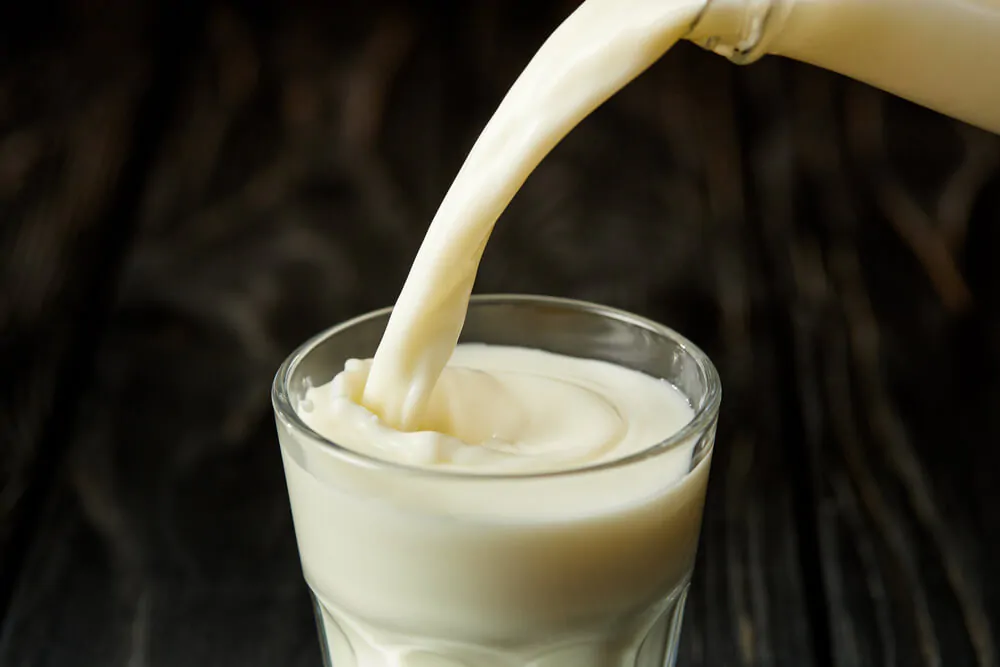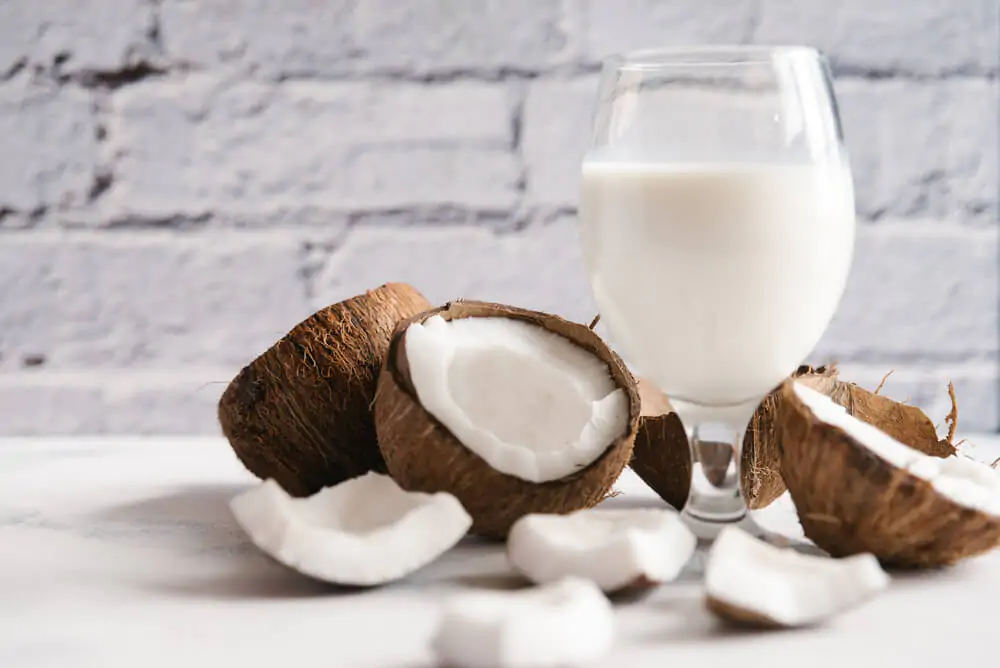With so much emphasis on frothed milk, in this article, we answer the question: “Is frothed milk healthy?”

We’re going to need to talk about nutritional science as well as what, exactly, makes milk healthy in the first place. But, first the good news:
Frothed milk is just as healthy as the milk you use in frothing. While frothing does change the characteristics of the milk, it doesn’t seem to have a big impact on how healthy the milk is. If you’re concerned about the overall health impact of your milk, you can even consider frothing a non-dairy alternative.
The Complicated Science Behind “Is Frothed Milk Healthy?”
There’s a lot of scientific questions hidden inside the question “Is frothed milk healthy?”
Our first stop and answering this question is figuring out what happens to milk when we froth it?
Does Frothing Change Milk?

Scientifically speaking, there are two things that are happening inside of the milk when we froth it.
The first thing that’s happening is that the milk is heating up. When dairy milk heats up, they go through two big changes. The fat molecules inside the milk begin to dissolve when the milk reaches a high temperature.
When the milk reaches an even higher temperature, the proteins in the milk do the same. This is what creates the rich and creamy texture that we associate with frothed milk.
There is another change that we need to talk about.
Frothing milk also aerates the milk. This is the term for mixing air into the milk itself. This helps add the light bubbles to frothed milk that helps to give it its texture.
As it turns out, frothing milk only physically changes the structure of the milk. Its nutritional qualities will remain unchanged through the frothing process. Any changes that the milk undergoes after it’s been frothed, will have a minimal impact on its overall nutritional value.
So what about the different kinds of dairy milk?
Skim, 2%, Or Whole Milk?
The biggest difference between these three types of milk is their fat content and how they froth.
Skim milk has next to no fat. This can be beneficial for individuals who are looking to have a less fatty diet. It also changes how the milk froths.
Skim milk produces a very light and airy froth. This froth will hold its shape, but will quickly dry out and lose a lot of its texture.
2% and whole milk froth much differently. They produce a creamy and flowing foam that is ideal for both improving the texture of your coffee as well as latte art. However, 2% and whole milk have a higher fat content which could pose a health hazard for individuals looking to cut back on fat in their diets.
Is Milk Healthy?
This gets us to an even deeper question. Is milk even healthy in the first place?
It seems that the jury is largely out of this question. Humans have been drinking animal milk for a while now and it has proven to be a useful source of nutrition as well as a potential health hazard. Dairy milk seemed to fall into the classic category of foods that are best enjoyed with some kind of moderation.
Coffee beverages are an interesting part of this moderation. Many coffee beverages only use a small amount of milk. This small amount means that you won’t be getting the extreme end of either the health benefits or risks that come with dairy.
The last thing they have to consider in the health impact of frothing milk are the non-dairy milks that are becoming increasingly popular and coffee shops around the world.
What About Frothing Non-Dairy Milks?

There are more non-dairy milk alternatives out there now than there have ever been. These plant-based milk all have different qualities as well as different impacts on your health.
While this can change from brand to brand as well as changing based on what plants were used in making the non-dairy milk, most milk alternatives have less fat and sugar than animal milk.
They also tend to have less protein but might have similar amounts of other vitamins and nutrients depending on if they are fortified or not.
Non-dairy milk like oat milk and almond milk also froth very well. Coconut milk is another great choice for non-dairy frothing, but it does add a distinct coconut flavor.
Non-dairy milk can be healthy frothing alternatives for coffee aficionados who are looking to explore new ways to improve their diet without ditching that cortado. If you liked this post, you might be interested in learning how to keep frothed milk frothed.
